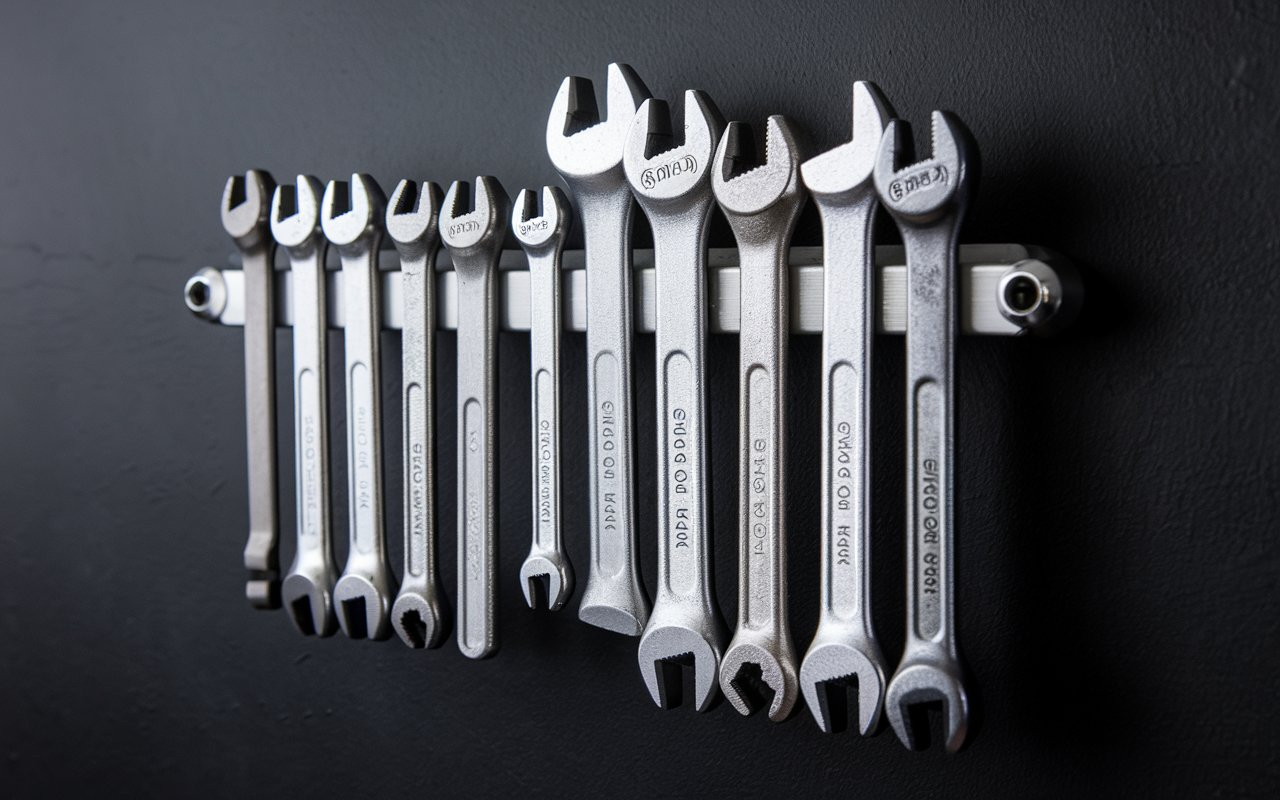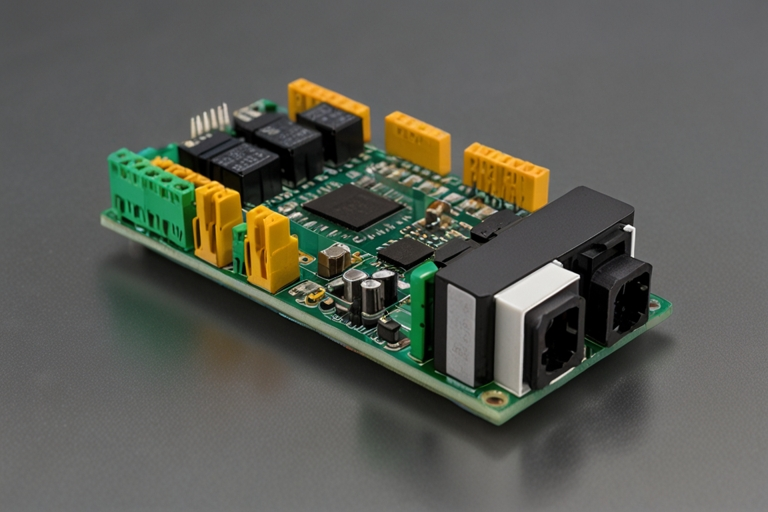introduction
Upgrading your system from RHEL 8.3 Upgrade to 8.10 is essential in maintaining the security, stability, and performance of your Red Hat Enterprise Linux environment. The RHEL 8.3 Upgrade to 8.10 process ensures that your systems are up-to-date with the latest enhancements, security patches, and feature improvements Red Hat provides in its minor releases.
Key Enhancements in RHEL 8.10
The RHEL 8.3 Upgrade to 8.10 brings several notable improvements:
- Security Enhancements: The upgrade includes critical security updates that protect your system against vulnerabilities. By performing the RHEL 8.3 Upgrade to 8.10, you ensure that your system meets the latest security compliance standards.
- Performance Optimizations: The RHEL 8.3 Upgrade to 8.10 offers enhanced performance, particularly in system boot times, resource management, and application execution, making your environment more efficient.
- Updated Software Packages: The RHEL 8.3 Upgrade to 8.10 includes access to the latest software packages, ensuring compatibility with modern tools and frameworks.
- Improved Hardware Support: The upgrade process enhances support for new hardware, including the latest processors, storage devices, and networking equipment, making it vital for systems using cutting-edge technology.
- Container Tools Upgrades: For those utilising containerisation, the RHEL 8.3 Upgrade to 8.10 includes updated versions of container management tools like Podman, Buildah, and Skopeo, which are crucial for efficient container operations.
Preparation for the Upgrade
Before starting the upgrade from RHEL 8.3 Upgrade to 8.10, ensure you take the following preparatory steps:
- Backup Your System: Always back up your important data and system configurations to avoid any loss during the upgrade process.
- Check System Compatibility: Verify that your current applications and hardware are compatible with RHEL 8.10.
- Update Current Packages: Run the command `sudo dnf update` to update all existing packages on RHEL 8.3.
Step-by-Step Upgrade Process
Now that your system is prepared, follow these steps to upgrade from RHEL 8.3 Upgrade to 8.10.
- Register with Red Hat Subscription: Ensure your system is registered with Red Hat Subscription Management using the following:
- Enable the RHEL 8.10 Repositories: Enable the necessary repositories for RHEL 8.10 by running:
- Install the Upgrade Tool: Install the RHEL upgrade tool by executing.
- Run Pre-Upgrade Check: Perform a pre-upgrade check to identify any issues that might arise:
- Resolve Identified Issues: If any issues are identified, resolve them according to the instructions provided by the `leapp` tool.
- Perform the Upgrade: Once all issues are resolved, initiate the upgrade.
- Reboot the System: After upgrading, reboot the system to apply the changes.
- Verify the Upgrade: After rebooting, verify the upgrade by checking the current version:
Post-Upgrade Tasks
After successfully upgrading from RHEL 8.3 Upgrade to 8.10, perform the following post-upgrade tasks.
- Review System Logs: Check the system logs for errors or warnings during the upgrade.
- Update Software Packages: Update any software packages not covered during the upgrade.
- Reconfigure Services: Some services may need reconfiguration to work correctly with RHEL 8.10.
Common Issues and Troubleshooting
Upgrading from RHEL 8.3 Upgrade to 8.10 is generally smooth, but you might encounter some issues. Here’s how to troubleshoot common problems:
- Dependency Conflicts: If you encounter dependency conflicts, try resolving them by running `sudo dnf upgrade—-allow erasing`.
- Boot Issues: If the system fails to boot after the upgrade, access the GRUB menu and boot into a previous kernel version.
Benefits of Upgrading
Upgrading to RHEL 8.10 offers numerous benefits that improve the overall system experience:
- Enhanced Stability: The latest patches and updates ensure your system runs smoothly with fewer crashes.
- Better Support: Upgrading to the latest version ensures you receive ongoing support from Red Hat.
- Access to New Features: Take advantage of the latest features and tools with RHEL 8.10.
Ensuring Future Upgrades
To keep your system secure and up-to-date, consider these tips for managing future upgrades:
- Regular Updates: Regularly update your system to apply the latest patches and improvements.
- Monitor Announcements: Stay informed about new RHEL releases and upgrade recommendations.
- Automate Upgrades: Use automation tools to streamline the upgrade process and reduce manual intervention.
Conclusion
Upgrading from RHEL 8.3 Upgrade to 8.10 is critical in maintaining a secure and efficient server environment. This guide will help you ensure a smooth and successful upgrade process. Always back up your system, resolve pre-upgrade issues, and verify the upgrade to avoid disruptions.
With RHEL 8.10, you’ll enjoy enhanced security, improved performance, and access to the latest features that Red Hat offers.
Summary of Key Steps
- Backup Your System: Safeguard your data before starting the upgrade.
- Run Pre-Upgrade Check: Identify and resolve any issues.
- Perform the Upgrade: Use the `leapp` tool for a seamless upgrade.
- Verify and Test: Ensure everything is functioning correctly post-upgrade.
Upgrading from RHEL 8.3 Upgrade to 8.10 is not just about keeping your system up-to-date; it’s about ensuring that your server remains secure, efficient, and fully supported. By staying on top of upgrades, you can maximise the performance and reliability of your RHEL environment.



